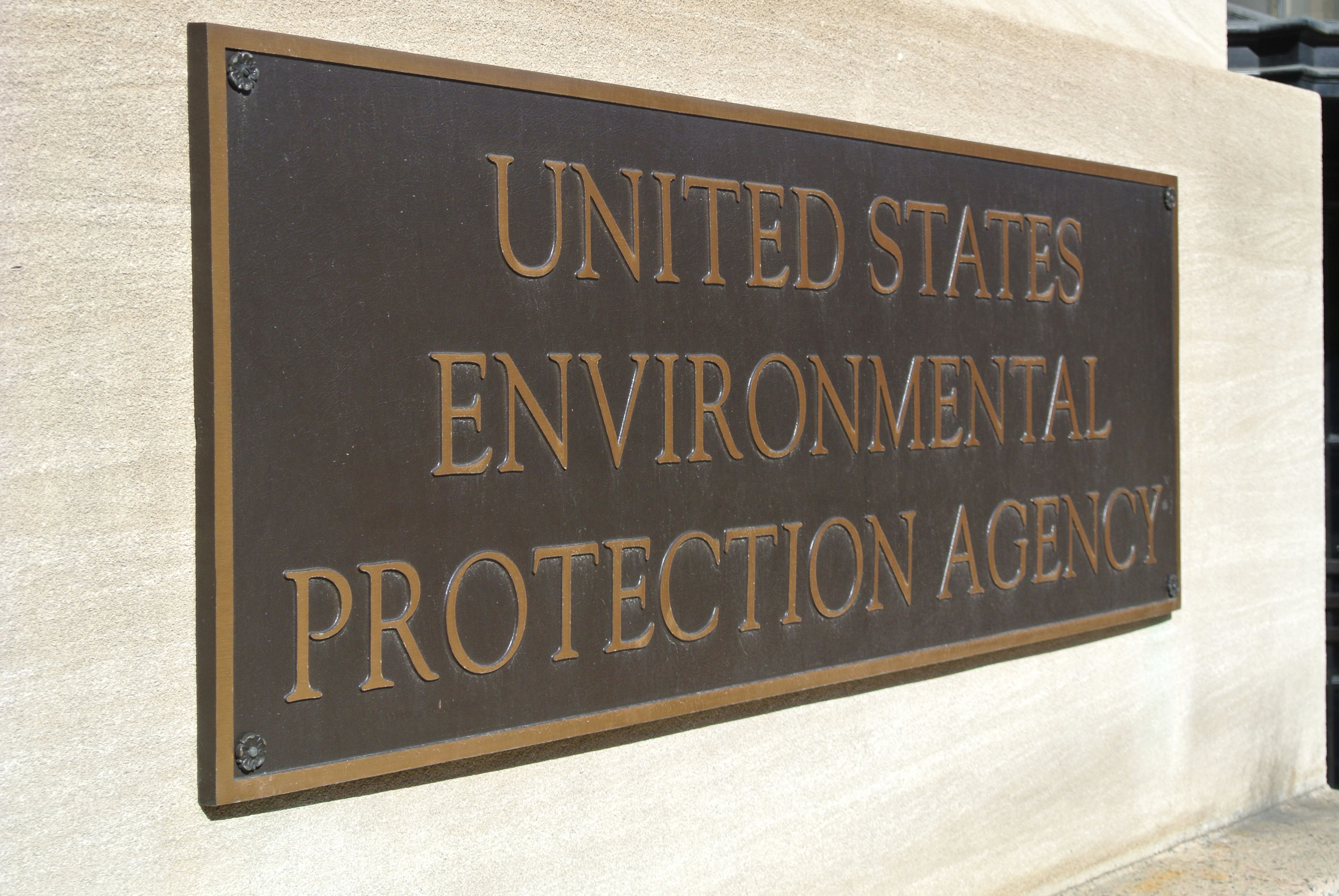In yet another welcome reform effort, EPA is considering changing how it does cost and benefit analysis for new regulations. This is great news, because the Agency’s analyses have often been biased in favor of regulation, sometimes to the point of absurdity.
What we have at this point is called an “advanced notice of proposed rule making” or ANPRM. This is basically a request for ideas, which could then turn into a proposed internal regulation governing Agency cost and benefit analyses.
The title of this ANPRM is “Increasing Consistency and Transparency in Considering Costs and Benefits in Rulemaking Process” and it is available for comment here.
Some of the issues are technical. Regulatory cost-benefit analysis is itself an arcane subfield in economics. Plus, as the ANPRM discusses, EPA’s analyses are governed in some cases by the various statutes that they operate under.
But a lot of the basic issues are really pretty simple, yet far reaching. These are issues that anyone can comment on. Below are some examples and cases from my own experience. No doubt there are many others.
1. So-called co-benefits
This issue is discussed in the ANPRM. EPA wants to regulate something, say the emission of CO2, but the costs are far greater than the direct benefits. So they hypothesize that compliance with the regulation will cause other changes, which also have benefits. They add these indirect benefits to the direct ones, to get the positive benefit/cost ratio that is typically required for a regulation.
The same co-benefits are often used for different regulations. The running joke is that EPA has saved the same lives ten times over.
Recommendation: Co-benefits should not be used. If the direct benefits of regulating X do not exceed the costs then X should not be regulated.
2. Major indirect costs
In order to keep costs low, EPA often ignores the true impact of it’s regulations.
For example, when it regulated underground gasoline storage tanks, EPA deliberately put many small gas stations out of business. These were often small, rural, family owned grocery stores with a couple of gas pumps. That it would do this was clearly stated in the EPA Regulatory Impact Analysis, but the horrendous economic impact was not included in the cost estimate.
Recommendation: Include readily foreseeable indirect impacts in the cost estimate.
3. Distant future modeling
Sometimes the projected benefits are small so the Agency goes out a ridiculous number of years in order to exceed the costs. As I recall, in the stratospheric ozone hole case they had to go out over 150 years. But the Obama climate change proposal topped that, going out an absurd 300 years. We cannot possibly know what the world is going to be like for the next three centuries, such that we should spend huge sums today to change it,
Recommendation: Limit the horizon of prediction to a reasonable period, say 30 years.
4. Ducking the discount rate
Long term benefits are required to be discounted to present value. EPA often uses the lowest possible discount rate, which is just 3%, but even that should preclude going far out into the future. But they use various tricks to get around that limitation.
For example, in the ozone hole case they quietly assumed (in an obscure footnote) that the value of a human life grows by 2.75% a year. This effectively reduced the discount rate to just 0.25%. in the climate change case they use economic growth to steadily increase future damages over time, which similarly offsets the discount rate.
Recommendation: Prohibit discount ducking.
5. Using shaky science
This issue ties in with the recently proposed EPA Transparency Rule. EPA’s benefit estimates are typically in the form of avoided damages, but these damage estimates are often based on questionable science.
For example, EPA severely damaged the coal fired electric power industry with its rule limiting mercury emissions. Yet it quietly admitted in the Regulatory Impact Analysis that no causal connection had been established between power plant emissions and mercury in fish, even though this was the basis for the benefits.
Recommendation: If the sciences not settled, then the benefits should not be claimed.
Conclusion: There is a great deal that EPA can do to make its regulatory cost and benefit estimates more rational and honest.
I urge people to comment on this ANPRM, especially with examples of prior abuse in regulatory cost or benefit estimates. There have been a lot of examples.
